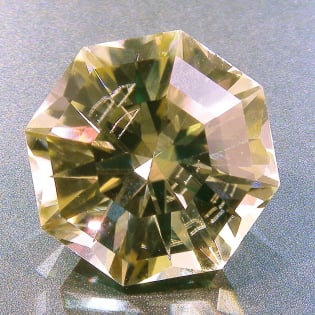Barion Cut Designs for Colored Gemstones
Barion cut designs aren't just for diamonds. Jeff Graham offers some advice for faceting this style as well as choosing the right gemstones for this cut.
1 Minute Read
HomeLearning CenterJewelry and LapidaryLapidary and Faceting Guides, Tips and InstructionsBarion Cut Designs for Colored Gemstones
Related Articles
Denatured Alcohol for Stones
Jeff R Graham shares his thoughts on various topics in Just Ask Jeff. See the use of denatured alcohol in...
Read More
Out Back Mining Company
Jeff R Graham shares his opinions on various topics on Just Ask Jeff. See what he has to share about...
Read More
Re-dopping a Stone
Jeff R Graham shares his opinions and thoughts on various topics in Just Ask Jeff. See what his answer is...
Read More
Friable Diamond Polish
Jeff R Graham shares his opinions and thoughts on various topics in Just Ask Jeff. See what his answers are...
Read More
Latest Articles
Opal Buying Guide
Our opal buying guide can help you learn how opals are graded, what to avoid, and how to identify a...
Read More
Amethyst Sources Around the World: The Geological Story Behind These Purple Gemstones
Discover how amethyst forms in volcanic regions worldwide. Learn what makes Brazilian, Uruguayan, and other sources unique, and the geological...
Read More
Brazilianite Value, Price, and Jewelry Information
Brazilianite's lovely green to yellow colors make it a must for gem collectors. Large faceted stones are often flawed, but...
Read More
Ruby-Glass Composites vs Leaded Glass Clarity Enhancements
Ruby-glass composites and leaded glass ruby clarity enhancements are difficult for gemologists to detect. Learn how to identify these gems...
Read More
Never Stop Learning
When you join the IGS community, you get trusted diamond & gemstone information when you need it.
Get Gemology Insights
Get started with the International Gem Society’s free guide to gemstone identification. Join our weekly newsletter & get a free copy of the Gem ID Checklist!
